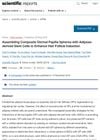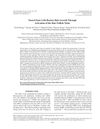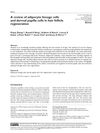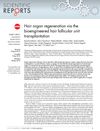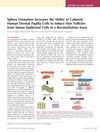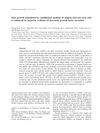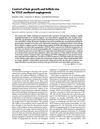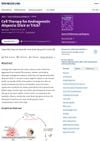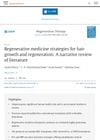The Use of Adipose-Derived Stem Cells in Selected Skin Diseases (Vitiligo, Alopecia, and Nonhealing Wounds)
January 2017
in “
Stem Cells International
”
adipose-derived stem cells ADSCs alopecia intradermal ADSC injections epidermal stem cells growth factors hair growth three-dimensional cultures papilla cells platelet-rich plasma PRP fibroblast proliferation keratinocyte proliferation hyaluronic acid injectable hydrogel stem cells hair loss stem cell injections skin stem cells hair growth factors 3D cultures hair follicle cells fibroblast growth skin cell growth hydrogel
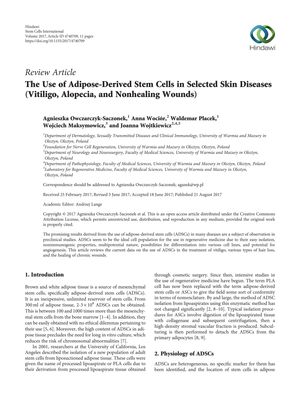
TLDR Adipose-derived stem cells show promise in treating skin conditions like vitiligo, alopecia, and nonhealing wounds.
The 2017 document reviews the therapeutic potential of adipose-derived stem cells (ADSCs) in treating vitiligo, alopecia, and nonhealing wounds. ADSCs are praised for their regenerative properties, including easy isolation, nonimmunogenic nature, multipotentiality, and angiogenic potential. In alopecia treatment, a study involving 22 patients showed significant hair growth improvement after receiving intradermal ADSC injections over six sessions. ADSCs are also crucial for activating epidermal stem cells and secreting growth factors that regulate hair growth. For wound healing, ADSCs contribute by secreting growth factors, differentiating into skin cells, and producing antioxidants. The document also discusses the importance of three-dimensional cultures for maintaining the hair-forming ability of papilla cells and presents new technologies to enhance ADSC viability and therapeutic efficacy, such as a semi-interpenetrated polymer network with hyaluronic acid and an injectable hydrogel. The combination of ADSCs with platelet-rich plasma (PRP) showed promising results in fibroblast and keratinocyte proliferation, although high PRP concentrations could be inhibitory. Overall, ADSCs are considered ideal for regenerative medicine, with promising results in preclinical studies for skin diseases.
